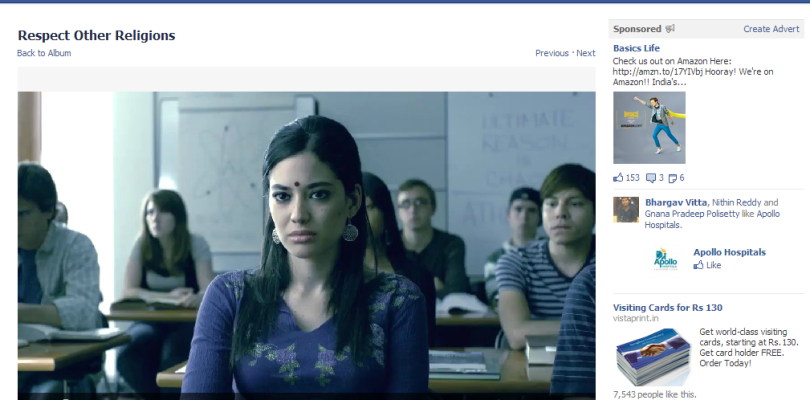Recently Facebook announced that video viewership on their platform had reached 8 billion video views per day. That’s a really impressive feat and this momentum puts Facebook on track to topple industry giant YouTube. With these impressive numbers it’s hard not to look below the surface and ask questions on “how” and “why?” Digging deep into the numbers we find that 725,000 of the most viewed videos on Facebook have generated a total of 17 billion views. Wait, but there’s more. This content is stolen from YouTube and their original content creators. In fact, it has become common practice for content aggregators to steal videos from YouTube in an effort to make them viral on Facebook.
If we go deeper we uncover that these videos go viral because Facebook is optimizing their Timeline algorithm so that videos uploaded and hosted in their player show up higher in the feed as preferred content. As a result YouTube videos, which are embedded links, rank a lot lower. This is all part of Facebook’s effort to keep users on the platform as long as possible in order to deliver as many video ads as possible. Driving ad revenue is Facebook’s number one goal with video.
So how is Facebook able to get so many video views? Well, long story short, video views are a whole lot easier to get when videos are set to “auto-play” and play back as you scroll through your feed. Facebook counts a video view after the viewer watches a minimum of 3 seconds, these views count even if the video is muted. The results is high viewership but extremely low engagement compared to YouTube.
Outside of Facebook’s inflated video engagement results another problem has emerged: Rebooting, the stealing and repurposing of videos from other channels like YouTube. Since these pirated videos are playing via the Facebook player, they reach more people than they would on YouTube.
Facebook is currently in the infancy of testing various monetization models that will give the video producer and content owner a cut of the ad revenue. These offerings are currently only being tested with big media companies with no announced plans to roll them out to content creators.
Before you launch your next Facebook campaign and start measuring results consider that the data coming from video plays on Facebook will be much more inflated than YouTube.

